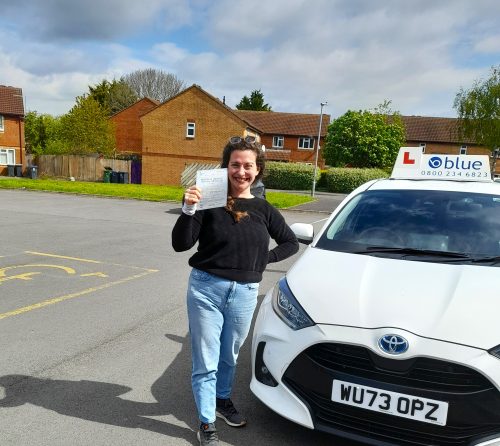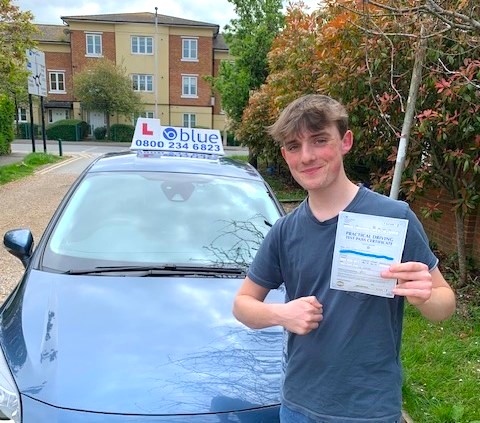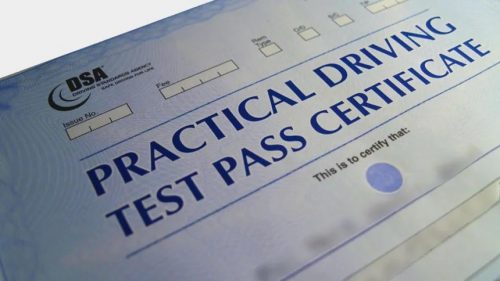Vehicle Condition
Posted in: Driving Courses, News.
Vehicle condition. You MUST ensure your vehicle and trailer comply with the full requirements of the Road Vehicles (Construction and Use) Regulations and Road Vehicles Lighting Regulations (see ‘The road user and the law’). See below page.
The below are some basic checks you can make on your vehicle, especially when looking at buying a new/used car.
Body or vehicle structure and general items
Free from excessive corrosion or damage in specific areas. No sharp edges likely to cause injury. Towbars for security, condition, inappropriate repairs or modification. Correct operation of 13 pin electrical socket. Speedometer condition and operation. Engine mountings.
Fuel system
No leaks. Security and condition of pipes or hoses. Fuel cap fastens and seals securely. Note the fuel cap will need to be opened. Make sure the key is available.
Exhaust emissions
Vehicle meets the requirements for exhaust emissions, dependent on the age and fuel type of the vehicle.
Exhaust system
Secure. Complete. Catalyst missing where one was fitted as standard. Without serious leaks and is not too noisy.
Seat belts
All the seat belts fitted are checked for type, condition, operation and security. All mandatory seat belts must be in place. Check of the malfunction indicator lamp (MIL) for air bags and seat belt pre tensioners.
Seats
Driver’s seat can be adjusted. All seats for security and seat backs can be secured in the upright position.
Doors
Latch securely in closed position. Front doors should open from inside and outside the vehicle. Rear doors should open from outside the vehicle. Hinges and catches for security and condition.
Mirrors
Minimum number required, condition and security.
Load security
Boot or tailgate can be secured in the closed position.
Brakes
Condition including inappropriate repairs or modifications, operation and performance (efficiency test). Note the removal of the road wheels and trims are not part of the test. ABS or electronic stability control (ESC) where fitted. Check of the MIL for ABS, electronic stability control, electronic park brake and brake fluid warning.
Tyres and wheels
Condition, security, tyre size and type and tread can i buy ativan online depth. Spare tyres are not inspected. Note: vehicles first used on or after 1 January 2012 – check of the MIL for tyre pressure monitoring.
Registration plates
Condition, security, colour, characters correctly formed and spaced.
Lights
Condition, operation including HID and LED headlamps for cleaning, self levelling and security. Headlamp aim. Main beam warning light.
Bonnet
Securely latches in the closed position.
Wipers and washers
Operate to give the driver a clear view ahead.
Windscreen
Condition and driver’s view of the road.
Horn
Correct operation and of suitable type.
Steering and suspension
Condition, steering oil level, operation, a check for inappropriate repairs or modification including corrosion to power steering pipes or hoses. Operation of steering lock mechanism. Check of the MIL for electronic power steering and steering lock.
Road traffic law
The following list can be found abbreviated throughout the Code. It is not intended to be a comprehensive guide, but a guide to some of the important points of law. For the precise wording of the law, please refer to the various Acts and Regulations (as amended) indicated in the Code. Abbreviations are listed below.
Most of the provisions apply on all roads throughout Great Britain, although there are some exceptions. The definition of a road in England and Wales is ‘any highway and any other road to which the public has access and includes bridges over which a road passes’ (RTA 1988 sect 192(1)). In Scotland, there is a similar definition which is extended to include any way over which the public have a right of passage (R(S)A 1984 sect 151(1)).
It is important to note that references to ‘road’ therefore generally include footpaths, bridleways and cycle tracks, and many roadways and driveways on private land (including many car parks). In most cases, the law will apply to them and there may be additional rules for particular paths or ways. Some serious driving offences, including drink-driving offences, also apply to all public places, for example public car parks.








